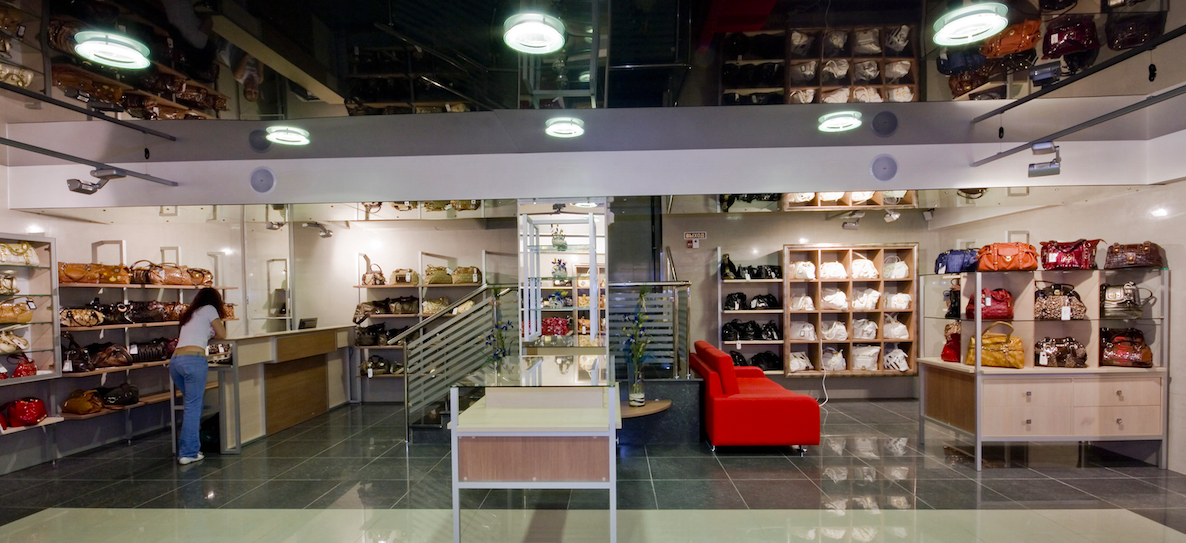
Inventory Loans: What You Need to Know
Many businesses use financing to purchase inventory (salable goods) for their business. This is particularly true when opportunities arise to purchase quick-turnaround inventory [...]
Many businesses use financing to purchase inventory (salable goods) for their business. This is particularly true when opportunities arise to purchase quick-turnaround inventory at a discount. Under the right circumstances, and with the right loan terms, inventory financing could make sense to purchase inventory—provided the business has the appropriate cash flow to make the periodic loan payments.
Loan Term and Total Dollar Cost Make a Difference When There’s a Specific ROI Goal
When purchasing inventory or with any loan purpose tied to a specific ROI target, minimizing the cost of financing to increase the potential ROI is an important consideration. In fact, the majority of the small businesses look to minimize the total dollar cost of a loan when inventory financing, or facing any short-term ROI opportunity. In fact, the majority of businesses would choose a shorter-term loan with a higher APR over a longer-term loan with a lower APR to minimize the total fees and expenses of inventory financing or any other loan.
APR, or the Annualized Percentage Rate, does not provide the total dollar cost of a loan and is only one metric to compare a small business loan. When borrowing to purchase inventory, the total cost of capital (including any interest or other fees that are a condition of receiving capital) should be considered.
Loan term can make a difference when making a comparison of potential inventory loans. As a general rule, the longer the term the smaller the periodic payment, but the higher the total dollar cost. Short-term loans will likely have a larger periodic payment but the total dollar cost will usually be less. What’s more, a loan with a term of less than a year will (in part, because of the way APR is calculated) likely have a higher APR than a similar interest loan with a longer term. In much the same way the average person wouldn’t buy an automobile with a 30-year auto loan. The total cost of the loan would make the vehicle prohibitively expensive to purchase over time.
A Business Line of Credit for Purchasing Inventory
Another way many business owners finance inventory purchases is with a business line of credit. Unlike a term loan, a line of credit allows the business owner to access part, or all, of the credit line, repay it, and access it again as needed. What’s more, interest is only charged on the credit the business owner uses.
The flexibility of a line of credit allows the business to access funds when needed without going through additional credit approvals during the term of the credit line. When you open a line of credit, you’ll receive access to a stated amount of funds to use as needed.
Rates and credit limits are set by lenders and based upon a credit evaluation, collateral (in some cases), and any servicing requirements. Many lenders charge an annual fee for the credit line in addition to any interest charges. If you are going to regularly access the line with multiple transactions during the term of the credit line, additional fees could also apply.
Does Borrowing Make Sense to Purchase Inventory?
There are certain costs associated with borrowing that need to be considered, but if the total dollar cost of the loan enables the business to generate additional profits, it could be a good decision—provided the numbers make sense for your business situation.
Click HERE to learn more about or apply for an OnDeck loan for purchasing inventory